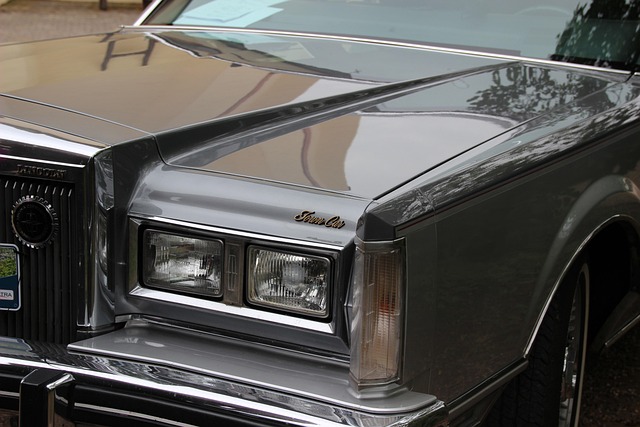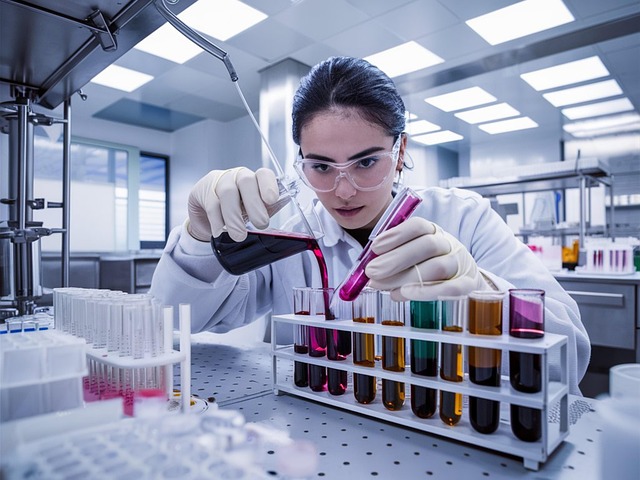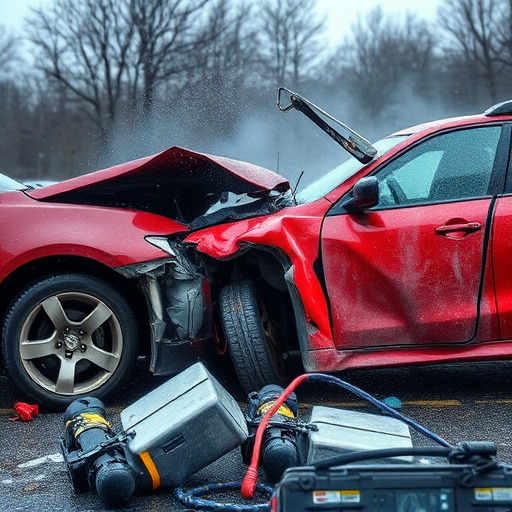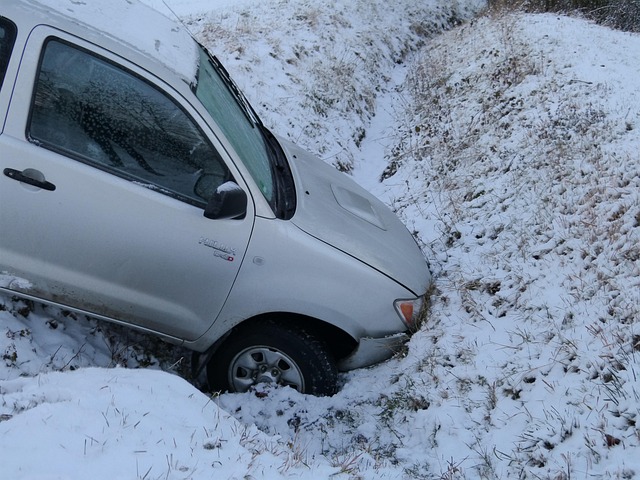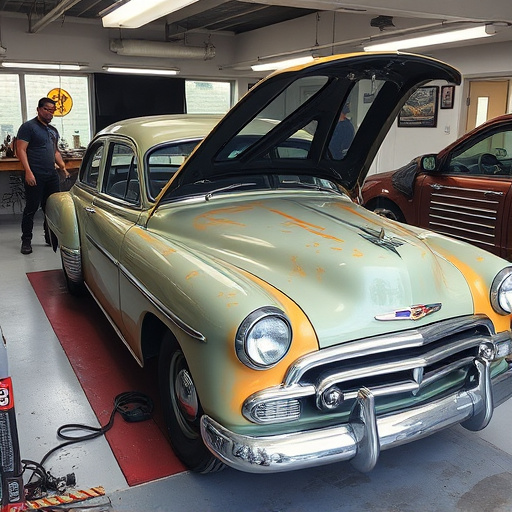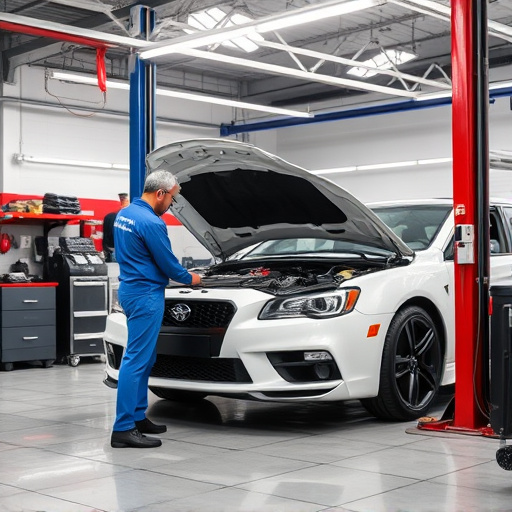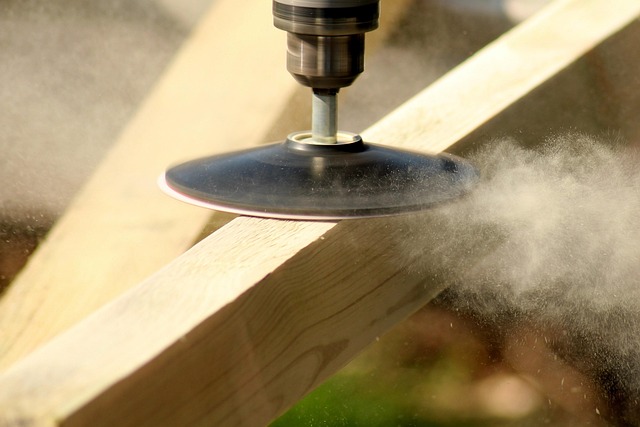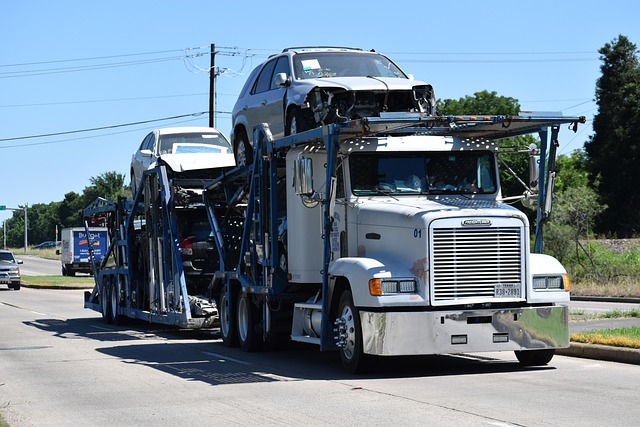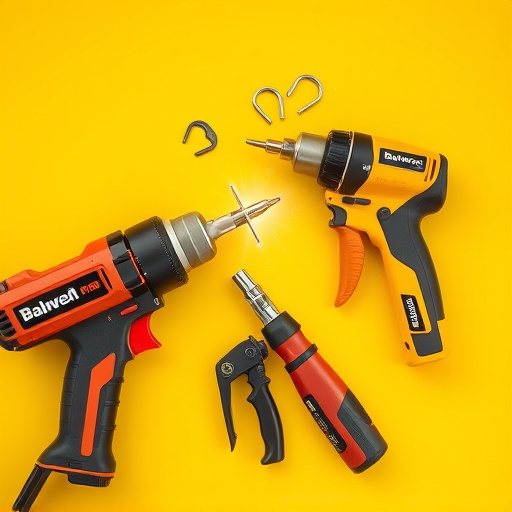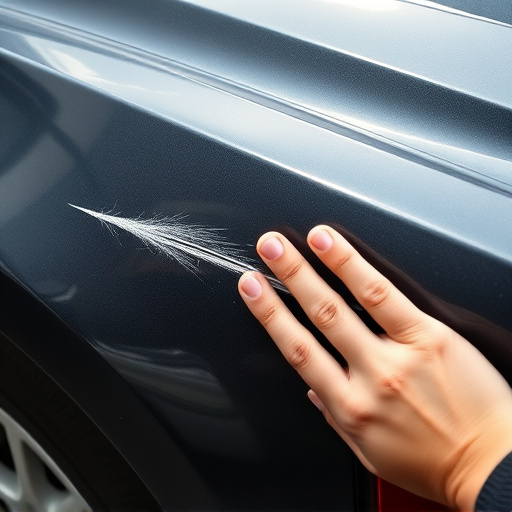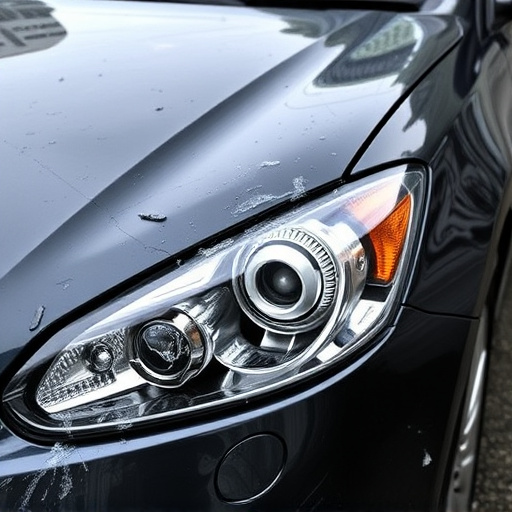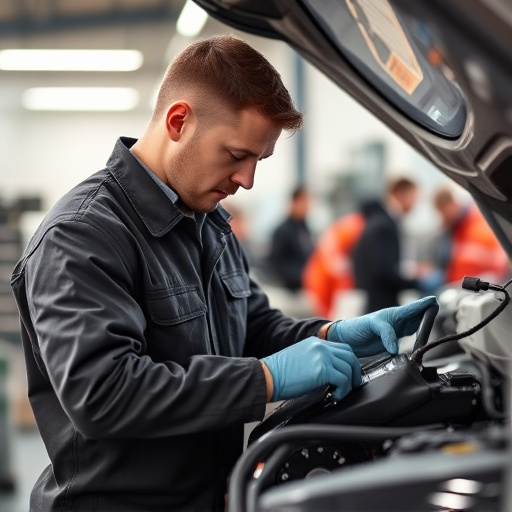3D vehicle scanning revolutionizes automotive repair, replacing manual methods with accurate digital data capture. This technology creates detailed digital twins for precise measuring and parts identification, streamlining repairs, enhancing quality standards, and boosting customer satisfaction through efficient, effective damage restoration. By swiftly documenting vehicle damage and unique features, 3D scanning reduces labor costs, minimizes rework, and offers faster turnaround times, while ensuring clear communication via comprehensive documentation.
“The automotive repair industry has undergone a remarkable transformation with the advent of 3D vehicle scanning technology. This innovative process, once a futuristic concept, is now revolutionizing how mechanics approach car repairs and maintenance. By capturing precise, detailed 3D models of vehicles, technicians can enhance precision, streamline efficiency, and ensure superior quality control.
In this article, we explore the evolution of 3D scanning technology, its numerous advantages, and its profound impact on modern automotive repair practices.”
- The Evolution of 3D Scanning Technology in Automotive Repair
- Advantages of 3D Vehicle Scanning: Enhancing Precision and Efficiency
- Impact on the Industry: Revolutionizing Repair Processes and Quality Control
The Evolution of 3D Scanning Technology in Automotive Repair

The evolution of 3D scanning technology has revolutionized automotive repair, marking a significant departure from traditional methods. In the past, auto body work involved manual measurements and estimates, leading to inaccuracies and time-consuming processes. However, with the advent of 3D vehicle scanning, the industry has witnessed a paradigm shift. This innovative technology captures intricate details of car damage repair, providing precise data for more efficient and effective repairs.
Today, 3D scanning is seamlessly integrated into auto body shops, enabling technicians to quickly assess complex damage. By creating digital twins of vehicles, these scanners offer an unparalleled level of accuracy in measuring dimensions, identifying parts, and simulating repairs before any physical work begins. This not only streamlines the entire process but also ensures higher quality standards in car damage repair, ultimately enhancing customer satisfaction.
Advantages of 3D Vehicle Scanning: Enhancing Precision and Efficiency

3D vehicle scanning has revolutionized the way car body shops and auto repair shops conduct their business. By providing highly accurate digital replicas of vehicles, this technology enhances precision in measurements, diagnostics, and repairs. Traditional methods often relied on manual inspections and 2D drawings, which could lead to human errors and longer turnaround times. With 3D scanning, auto repair shops can swiftly capture detailed data of vehicle damage or unique features, ensuring precise restoration for both standard and complex repairs.
This innovative process streamlines the entire workflow in a vehicle restoration process. It enables technicians to quickly identify issues, plan repairs, and even order custom parts with enhanced accuracy. The efficiency gains are significant, as shops can reduce labor costs, minimize rework, and offer faster turnaround times to customers. Moreover, 3D scanning technology ensures that every aspect of the car body is documented precisely, facilitating better communication between workshops, insurers, and clients.
Impact on the Industry: Revolutionizing Repair Processes and Quality Control

The introduction of 3D vehicle scanning has significantly revolutionized both repair processes and quality control within the automotive industry. This cutting-edge technology allows for precise, non-invasive inspection of vehicles, providing detailed 3D models that capture every contour and defect. As a result, collision repair shops can now conduct thorough assessments in a fraction of the time compared to traditional methods, enabling quicker turnaround times for car damage repair.
Moreover, 3D scanning has elevated the standards of paintless dent repair by offering an accurate reference point for restoration work. The detailed models serve as a roadmap for technicians, ensuring consistent and high-quality results. This advancement not only streamlines operations but also enhances customer satisfaction by delivering superior collision repair services.
3D vehicle scanning has emerged as a game-changer in the automotive repair industry, transforming traditional processes into efficient, high-precision operations. By offering detailed digital models of vehicles, this technology enables technicians to navigate complex repairs with enhanced accuracy and speed. The benefits are clear: improved quality control, reduced time and material waste, and ultimately, better outcomes for both businesses and customers. As 3D scanning continues to evolve, its impact on the repair industry will only grow, marking a significant shift in how we approach vehicle maintenance.
